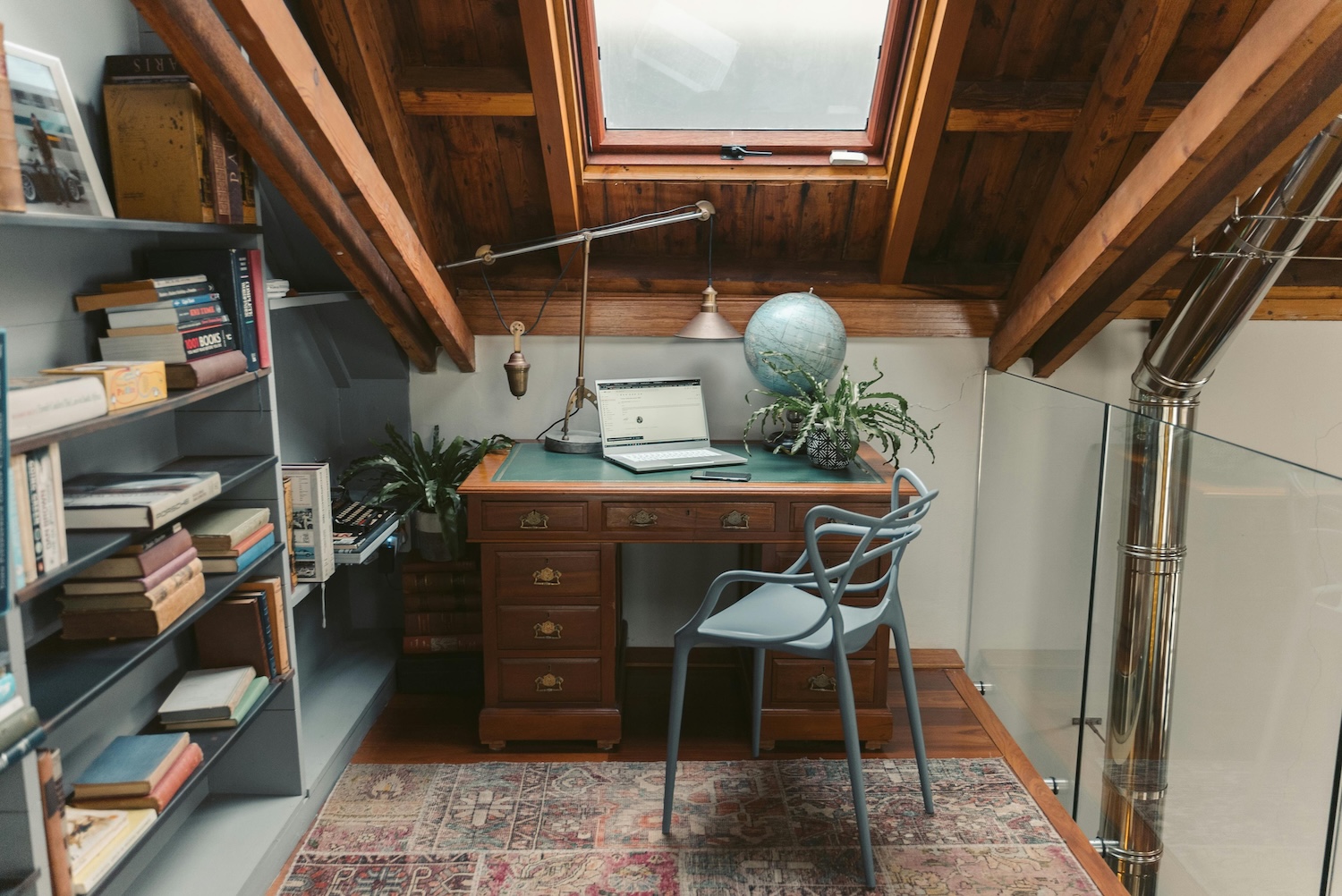
Do vintage shop owners need their own website? Things to consider
Aisling Brock, web design specialist and founder of vintage-inspired design studio Pretty Content, shared the pros and cons of building your own website in our Dec. 1 webinar
Every time a social media platform or e-commerce marketplace makes changes, vintage sellers question whether or not it’s worth it to build their own website.
With business owners having to take on so many roles, it can be hard to add another channel like a website to the mix — and hard to know where to focus your energy.
Third-party marketplace platforms can create easy and accessible opportunities to grow your vintage selling platform, but a custom website can create possibilities, too.
Can a shoppable website really help you grow your vintage business that much?
The short answer is yes, says Aisling Brock, UX designer, vintage enthusiast and founder of vintage-inspired web design studio Pretty Content. You should build your own website.
But there’s more to it than that.
Creating your own website comes with pros and cons — just as there are pros and cons to using a third-party e-commerce marketplace.
You need to weigh both options to determine what will help you grow your business, Aisling told attendees of a Vintage Sellers Community webinar, Do You Really Need a Shop Website? on Dec. 1.
Pros and cons of third-party marketplaces
Third-party marketplaces often have an easy-ish set-up, come with a built-in audience, and include customers who already trust the platform.
It’s also important to note that the fees can be expensive, that these platforms mean you are competing with other sellers to stand out, there’s minimal control over your branding, and you have less direct access to your customers.
Marketplaces such as Poshmark, Etsy, eBay, Depop and others also have their own interests at heart.
“[Third-party marketplaces] want more people who are going to be selling, but they also want more people who are going to be buying ads and working with them in that way,” Aisling told our members. “There are pros to working with these platforms, but at the end of the day, they’re more focused on their own growth than on yours.”
Continued below
Get 1:1 support for your shop
Book a strategy session
Continued from above
Pros and cons of your own website
When you create your own website, you’re able to reflect your brand perfectly, make the decisions that affect your customer experience, choose how you focus on your products and services, and access more information on your customers.
Creating your own website also gives you the liberty to choose providers that work within your budget, and to develop an experience that is customized to your customer’s behaviours and goals.
Overall, you have more freedom in how you craft your business, Aisling explained.

One con to creating your own website is that the initial set-up cost is higher. You’re also more responsible for bringing people to the site, which means you need to generate your own traffic and maintain the user experience of your own site.
When you create your own website, you create your own little world that you can invite your customers into. It’s “all about differentiation and making sure that you stand out compared to your competitors,” said Aisling.
A few more things to consider
When creating your own website, there are lots of things to consider and learn — and Aisling covered many of them in detail in her hour-long seminar.
- Be mindful of choosing a platform that works for you (if you’re a web design newbie, Shopify, Wix and Squarespace are all good bets that include e-commerce options and will optimize your site for mobile).
- Write search engine–optimized (SEO) content
- Focus on an accessible and pleasant user experience (UX)
- Know what your customers want to do when they get to your website
- Ensure you have consistency across elements for a better customer journey
Creating your own website may feel like an intimidating task, but it could propel your vintage business forward, and allow you to take more ownership of your shop.
Do you really need your own website? Event replay
The recording of Aisling’s hour-long workshop, which also includes visual examples of e-commerce sites that need help, what types of buttons to use to convert sales, text recommendations and accessibility measures, is available to our Champion members.
Join to get access to all of our events and webinars (and replays!), our exclusive content to help you run and grow your vintage business and improve your skills, our private discussion group and more.
Thank you for valuing our work!
Support our work to see this page.
You’ve got a good eye, but this gem is only available for members. Register for a plan or upgrade your current one to peek behind this vintage curtain, or log in below.















